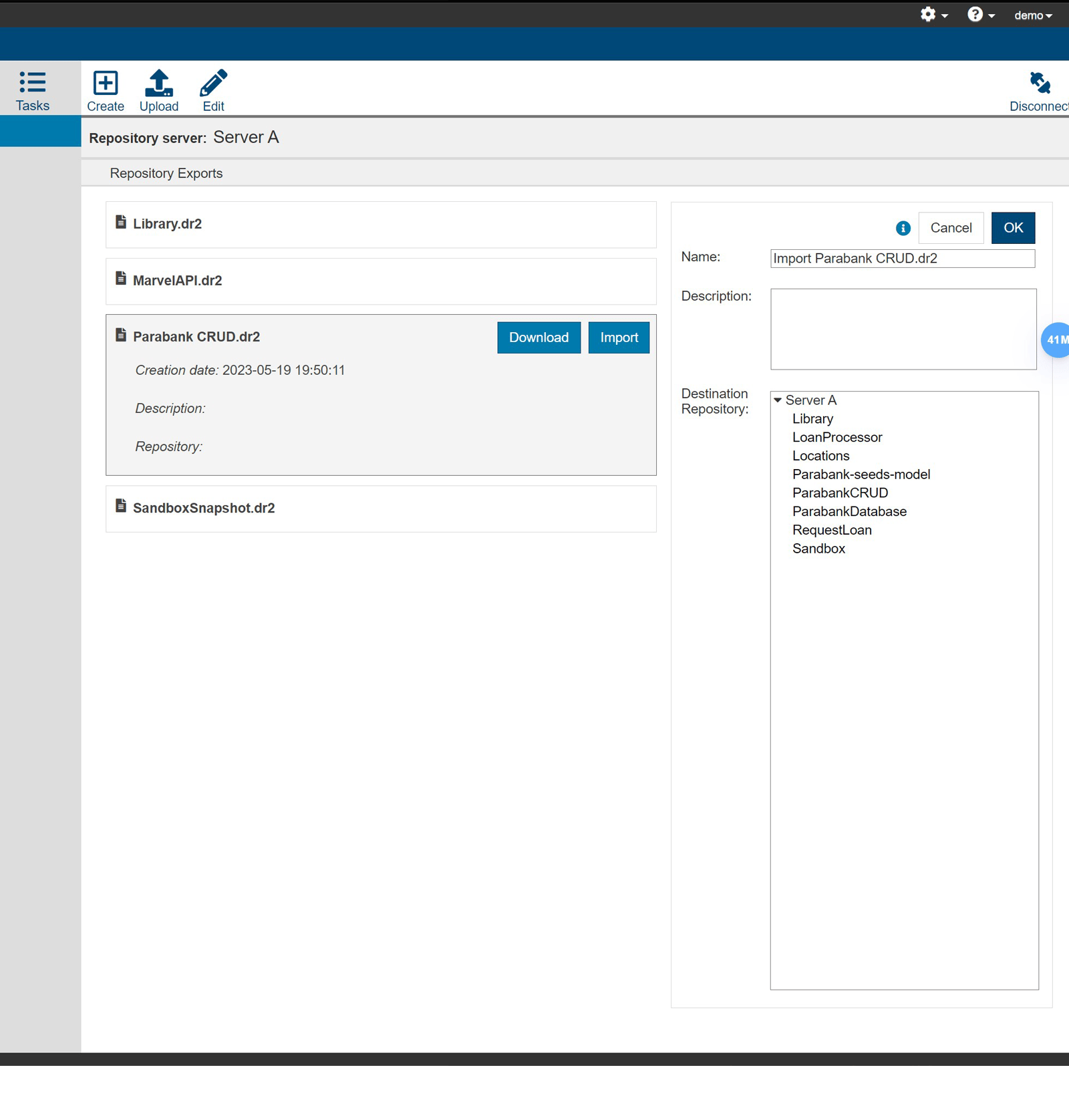Use Agentic AI to generate smarter API tests. In minutes. Learn how >>
Take control of test data management with virtual test data. Create safe, secure, realistic test data on demand to reach new heights in testing velocity and efficiency.
Tired of waiting on test data? Remove the hurdles of traditional test data management (TDM) and provisioning. Accelerate testing cycles by generating safe, secure, and reliable virtual test data to provision as needed.
Rapidly generate virtual test data on demand from data models or existing data sets to enhance testing coverage and accuracy.
Jump to: On Demand »
Easily generate data that covers all your testing needs, ensures privacy, and doesn’t require access to production systems for testing.
Jump to: Virtual Test Data »
Eliminate the need for time-consuming, manual data preparation by generating customizable virtual datasets.
Jump to: Test Data Provisioning »
Break away from the constraints of traditional test data management practices with on-demand virtual test data. Easily and rapidly generate diverse datasets that can be tailored to specific test scenarios, enabling comprehensive testing strategies without relying on production data.
Parasoft’s modern approach to test data combines TDM with service virtualization to deliver data simulation, enabling testing teams to control their own datasets. With Parasoft’s TDM solution testing, teams can:
Read Blog: Making Test Data Management (TDM) Easier With Data Simulation »
Generate safe and secure test data that doesn’t require access to production systems for testing. Easily mask or subset test data to safeguard against the exposure of sensitive production data.

Unlike conventional methods of TDM that rely on storing and managing large volumes of production data, virtual test data generation operates on a subset of recorded data. Virtual test data can mirror real-life datasets while masking sensitive information to ensure compliance with regulations such as PCI DSS and GDPR. By creating synthetic data that mirrors real-world scenarios without exposing confidential information, Parasoft’s TDM solution eliminates the risks associated with data breaches and compliance violations.
Decoupling testing from live production data and moving to virtual test data generation enhances security and promotes safer, more agile testing environments, which empower organizations to innovate with confidence while safeguarding critical assets.
Read Blog: What Is Test Data Management? »
Alleviate testing bottlenecks associated with test data provisioning. Generate on-demand, diverse, and customizable virtual datasets to reduce dependencies on external data sources and enable testers to efficiently conduct tests without delays caused by data acquisition or preparation processes.
Parasoft’s TDM solution eliminates the need for manual data extraction and sanitization processes, dramatically accelerating the test data provisioning cycle. Leveraging virtual test data alleviates the constraints imposed by limited access to production data or the complexities of managing large datasets. For example, when:
Virtual test data generation ensures that testing teams have access to the necessary datasets precisely when they need them, minimizing downtime and streamlining the overall testing workflow.



Parasoft Virtualize test data management allowed the team to replicate databases consistently and in minutes. Something difficult to achieve in their real environment.
